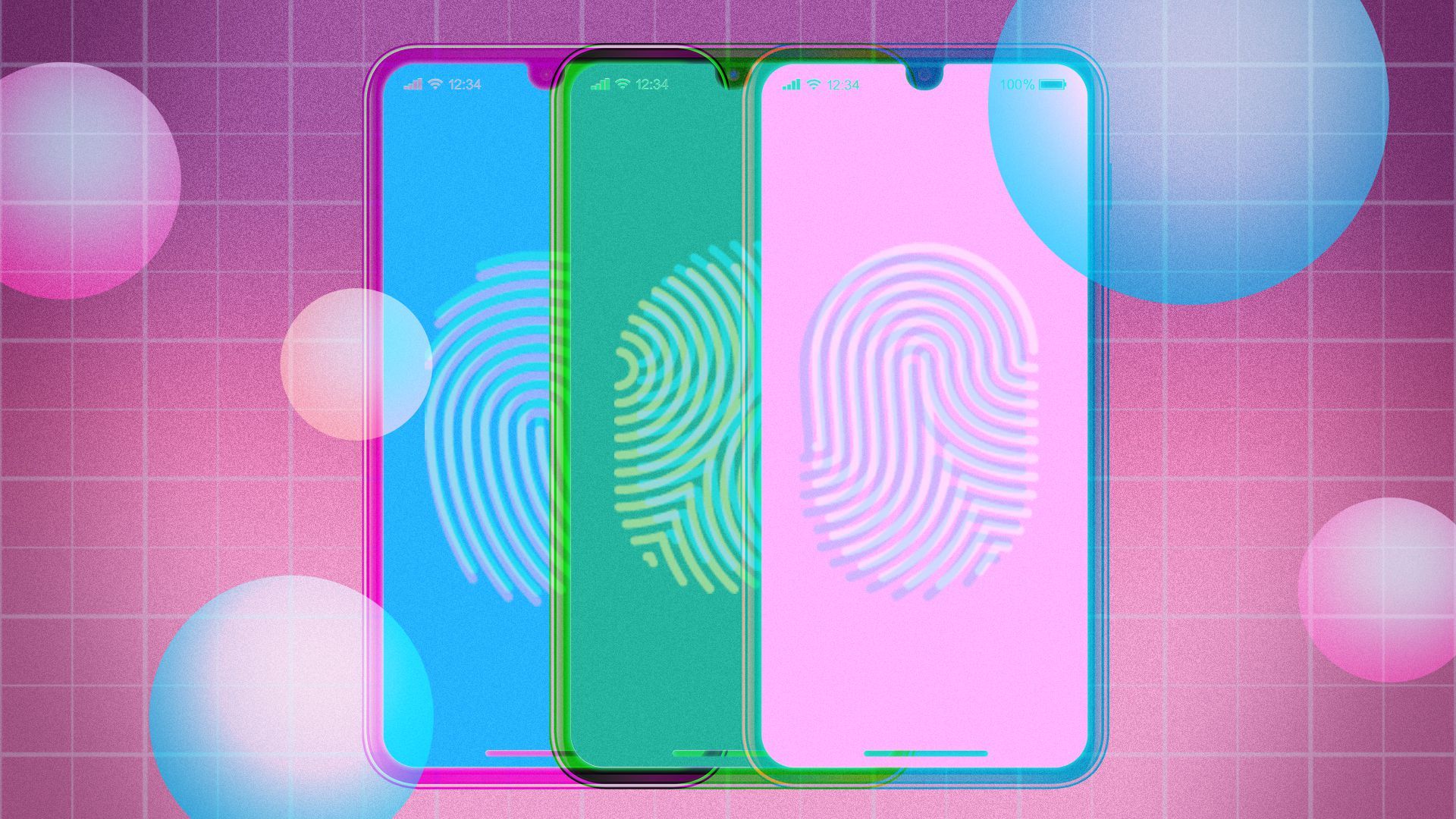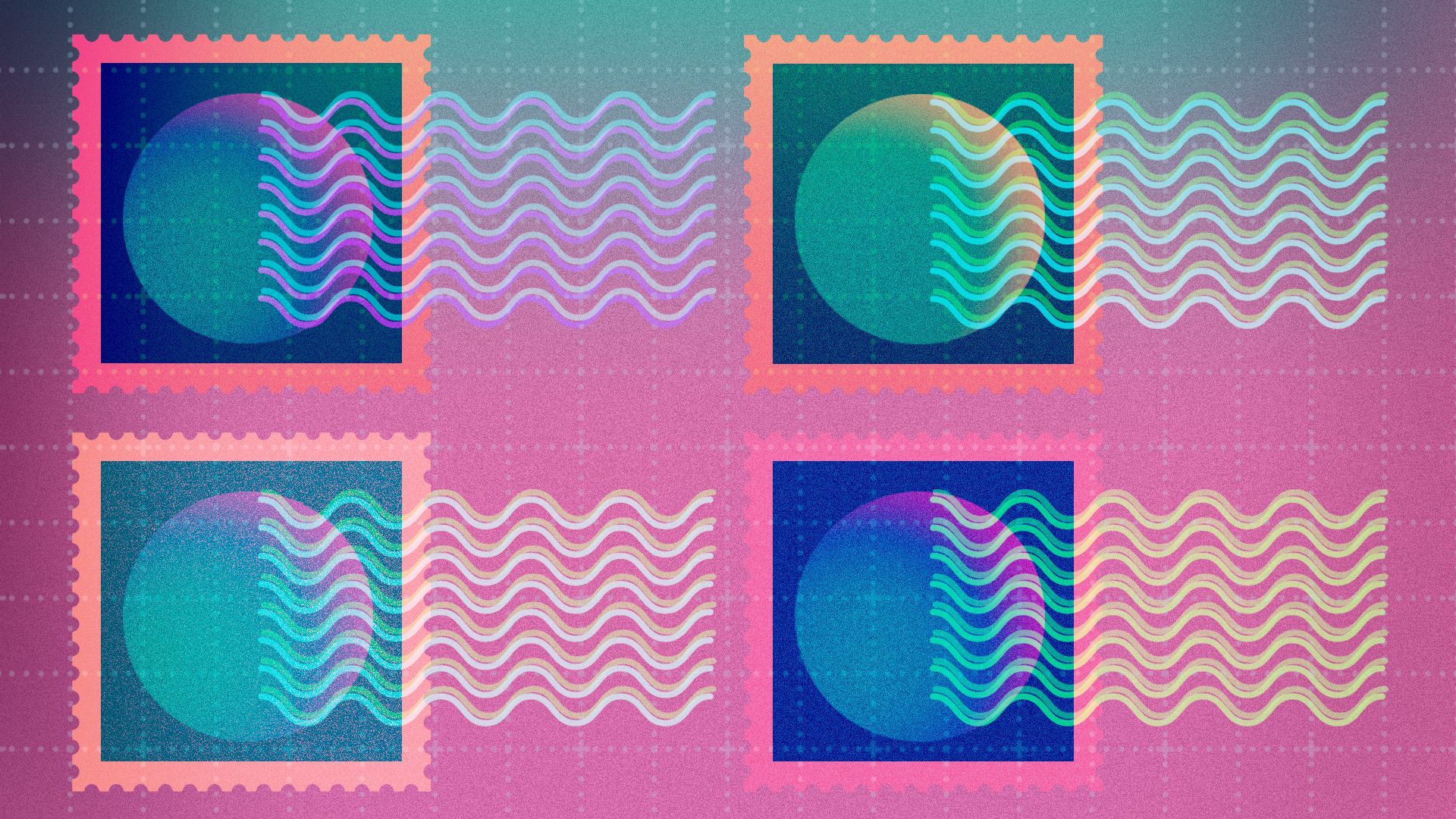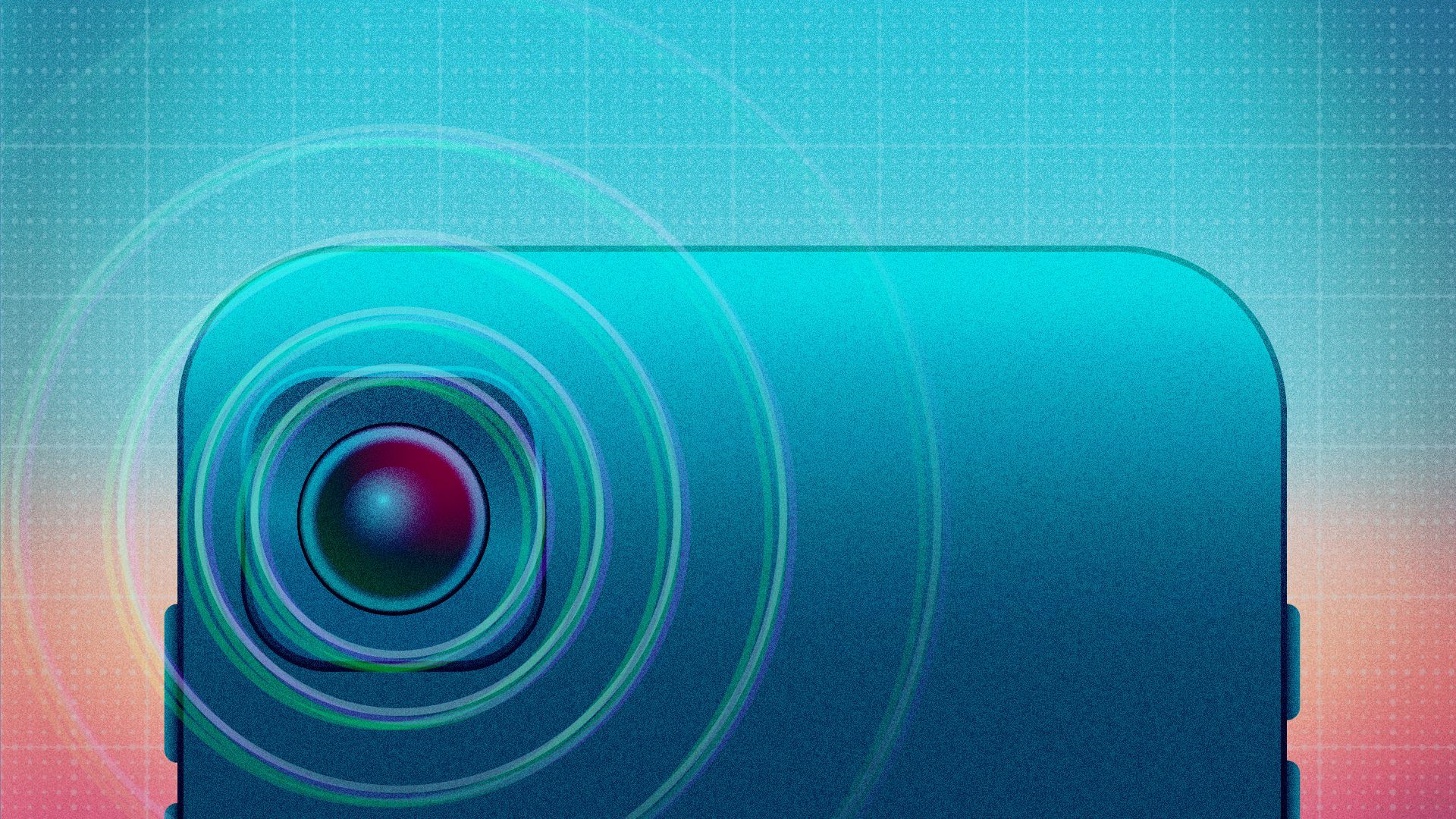| | | | | | | Presented By Circle | | | | Axios Markets | | By Felix Salmon · Jan 14, 2023 | | Like many journalists, I'm a cynic by nature. Every so often, however, a new technology comes along that I get excited about. This week I'm going to introduce you to one such innovation. - This week's newsletter is 1,349 words, a 5-minute read.
| | | | | | 1 big thing: Using iPhones to detect fakes |  | | | Illustration: Sarah Grillo/Axios | | | | Every object in the world has a unique fingerprint — and most modern cellphones have good enough cameras that they can read it. The implications, for almost any industry that deals with physical things, could be revolutionary. Why it matters: Mass production has always been in tension with unique objecthood. But modern technology from Alitheon, a startup in Bellevue, Washington, provenance and authentication can be applied to specific mass-produced objects — be they sneakers, pharmaceuticals, car parts, art prints, t-shirts, or even bars of gold. And it can all be done just by taking photos. The big picture: Fakes can be deadly, when it comes to pharmaceuticals or precision-tooled components. They can also cost companies billions of dollars in foregone revenue and reputational damage. But — until now — identifying fakes has been laborious, expensive, error-prone, and time-consuming. - In the case of some "gray market" goods, where an existing production line is used to create off-the-books unofficial versions of a product, identifying the real thing can actually be impossible.
- Some companies try to add anti-counterfeiting devices, like holograms, to their products — but it turns out those are surprisingly easy to fake.
How it works: All objects are snowflakes, if you look at them carefully enough. Even two seemingly identical highly-polished gold bars have differences that can be picked up by the camera on an iPhone 13. - If you can do that, then telling the difference between two pairs of sneakers that came off the production line next to each other is downright trivial — as is matching any given pair of sneakers to the specific shoebox they were packed in, or matching a pill to its blister pack and its pill bottle, each of which can be uniquely identified.
- The item in question is photographed coming off the production line, and its fingerprint is stored in a database. From then on, anybody can take a photograph of the object, and Alitheon's technology will be able to identify it.
Between the lines: Alitheon prides itself on never having a false positive: It will never mistake a copy for the real thing. - There can, of course, be false negatives — if a photo is out of focus, for instance, the fingerprint won't be identifiable, and the software won't be able to confirm that the object is genuine. Most of the time, however, such problems can be fixed just by taking another photograph.
The bottom line: Apps like Uber were built on the capabilities of the first smartphones, and the fact that we all now carry a geolocated computer everywhere we go. More recent smartphones have more impressive capabilities — and are allowing the emergence of companies like Alitheon, which could never have existed without them. |     | | | | | | 2. The transformation of collectibles |  | | | Illustration: Sarah Grillo/Axios | | | | I met Alitheon's CEO, Roei Ganzarski, on the sidelines of Art Basel Miami Beach last month. He was there for obvious reasons: His company's technology can easily determine within seconds whether any given artwork is genuine or fake — if it's adopted by the artist or gallerist. Why it matters: I've lost track of the number of companies trying to put art on the blockchain in one form or another; most of them have little if any technological innovation. This, however, is clearly a vast improvement on how the art world has been able to operate until now. An example: Let's say an artist puts their work online, where anybody can download and print it. Most NFTs work that way; Cory Arcangel does something similar when he makes the titles of his works the instructions that anybody can use to replicate them. - Those works can still be printed and sold by the artist's gallery, in an officially-authorized edition. Normally, a collector buying one of those works would receive a paper certificate of authenticity to prove that it was genuine and not a copy.
- A much simpler and more accurate solution is for the gallery to take a high-res photograph of each authorized print. Then all a collector or authenticator needs to do is take a photo of a print, and they will be reassured that it's genuine, along with information such as when it was printed and what number it is in the edition.
Between the lines: Digital authentication is easy to apply to any paintings, including pre-digital objects. Let's say a collector wants to lend a work to a museum; a photograph can then suffice to ensure that the piece they get back is the same one that they lent out. - In principle, it can even prevent shenanigans by galleries themselves, like the time a gallery sold Alec Baldwin a later copy of a Ross Bleckner painting rather than the contracted-for original.
The big picture: Celebrity-adjacent collectibles are a booming business. Paul Newman's Rolex, for instance, sold for $18 million in 2017. - Celebrity provenance, however, has been very difficult to prove — until now. With this technology, a celebrity or influencer can wear some item, take a photograph of themselves wearing it, and attach that photo to the database entry for that item.
- Something as simple as "the T-shirt this pop star wore on stage for a certain gig" can be authenticated and turned into a high-value collectible. Any attempt to swap it out for a seemingly identical T-shirt would be foiled easily.
|     | | | | | | 3. Testing it out |  | | | Illustration: Sarah Grillo/Axios | | | | Over breakfast in Miami, Alitheon CEO Roei Ganzarski asked whether I had any identical things on me, like business cards. As it happened, I had half a dozen seemingly-identical Forever Stamps in my bag. Why it matters: Extraordinary claims require extraordinary evidence. So Ganzarski photographed four of the six stamps, and gave each one a number. - We took one of the other two stamps, photographed it, and the app marked it as not genuine.
- Then we took one of the original four stamps, scribbled all over it until it was unrecognizable from how it looked originally, photographed it — and the app immediately identified which stamp it was.
The big picture: Doing this with stamps is not easy — but doing it with polished gold bars is much, much harder. So I called up Robin Kolvenbach, the CEO of Swiss precious-metals company Argor-Heraeus, one of Alitheon's customers. How it works: Kolvenbach needed a technology that would allow customers to photograph a gold bar and be reassured that it came from reputable sources. - "Traceability is one of the principal objectives in the value chain," he explained. "It's very important these days to know exactly where your gold is coming from" — that it's 100% recycled, say, or only comes from mines in Canada.
- Kolvenbach walked me through how he tested the technology — by photographing bars and then scratching them, beating them up with hammers, cutting them in half, and more.
- The verdict: Although minted gold bars have a very smooth and shiny surface and all look identical to the naked eye, the software could easily tell them apart, even after they were severely damaged.
The bottom line: Kolvenbach, who got his doctorate in surface chemistry, was not surprised this was technologically possible — although he was surprised that the camera on an iPhone was good enough to perceive such differences. - After extensive testing, Kolvenbach said, he never saw a false positive, which means that fakes have never yet fooled the algorithm.
|     | | | | | | A message from Circle | | Circle to show crypto utility at WEF23 | | |  | | | | At the World Economic Forum in Davos, Circle is driving conversations with global leaders to help advance real-world use cases for dollar digital currency. The idea: From humanitarian aid programs to Fortune 500 integration, crypto's utility phase is here. Learn more. | | | | | | 4. Where it's headed |  | | | Illustration: Sarah Grillo/Axios | | | | As billions of people start carrying around high-resolution cameras in their pockets, this kind of technology is only going to spread. For the time being, however, it's mostly a business-to-business industry, with customers including private companies, public companies, and even governments. Why it matters: We're in the very early days; Alitheon's sales grew fivefold last year. - Within about a year, says Ganzarski, consumers (as opposed to business customers) will be able to start authenticating objects with their phones. In two to three years, they will be able to create their own registered items within public databases.
What's next: Alitheon is far from the only company in this space. Assuming the technology lives up to its potential, other players will arrive that haven't even been founded yet, even as tech giants like Microsoft and Amazon also get into the game. |     | | | | | | A message from Circle | | Circle to show crypto utility at WEF23 | | |  | | | | At the World Economic Forum in Davos, Circle is driving conversations with global leaders to help advance real-world use cases for dollar digital currency. The idea: From humanitarian aid programs to Fortune 500 integration, crypto's utility phase is here. Learn more. | | | | This newsletter was edited by Kate Marino and copy edited by Elizabeth Black. |  | | Why stop here? Let's go Pro. | | | | | | Axios thanks our partners for supporting our newsletters.
Sponsorship has no influence on editorial content. Axios, 3100 Clarendon Blvd, Arlington VA 22201 | | | You received this email because you signed up for newsletters from Axios.
To stop receiving this newsletter, unsubscribe or manage your email preferences. | | | Was this email forwarded to you?
Sign up now to get Axios in your inbox. | | | | Follow Axios on social media:    | | | | | |








No comments:
Post a Comment